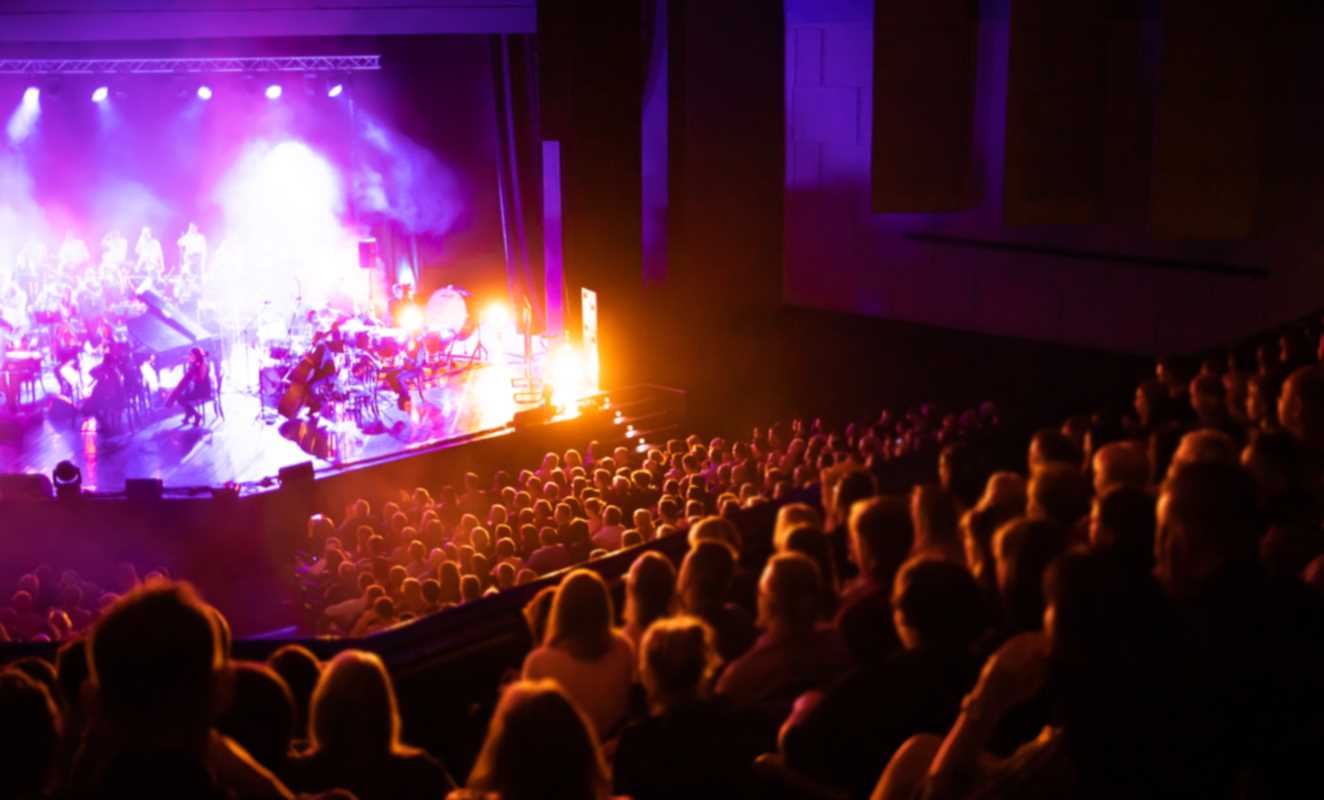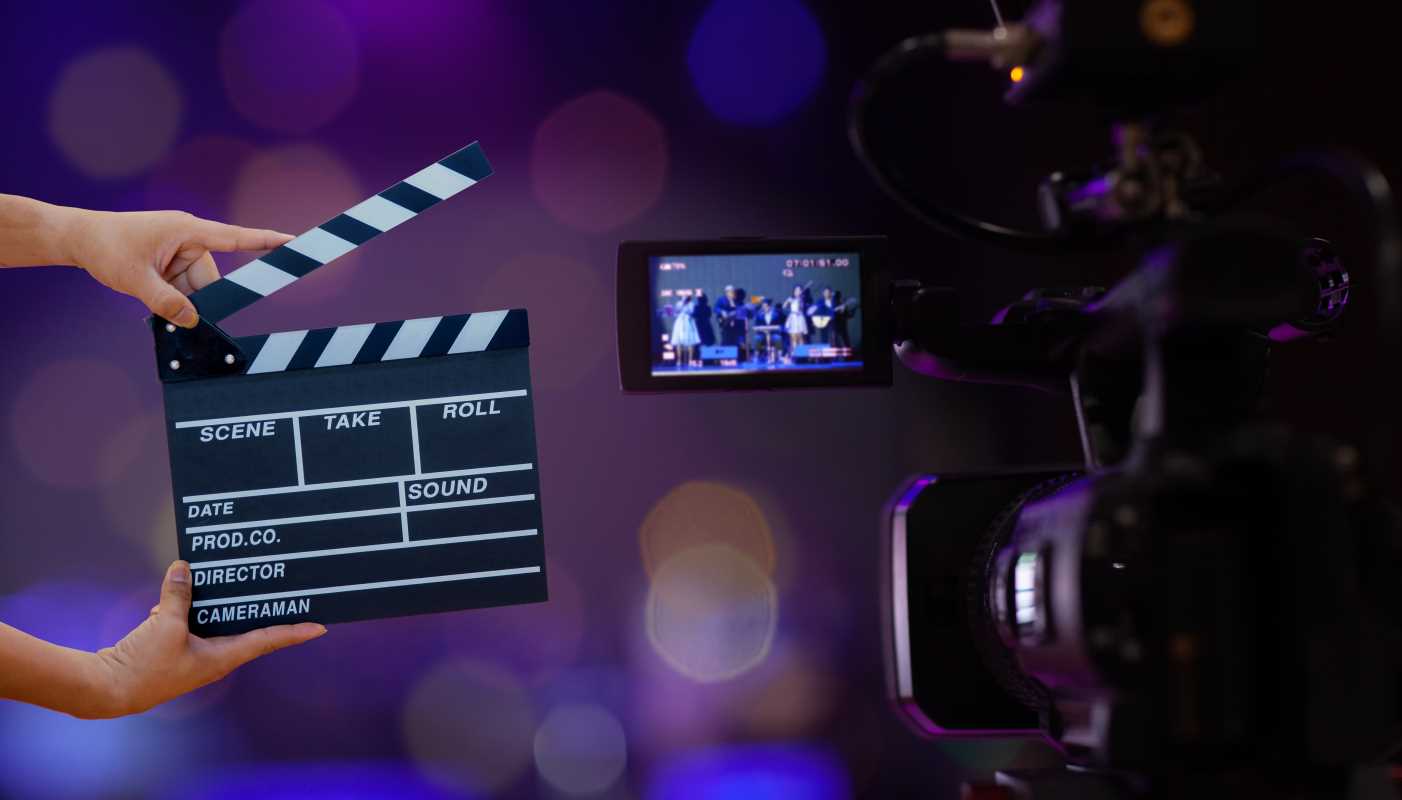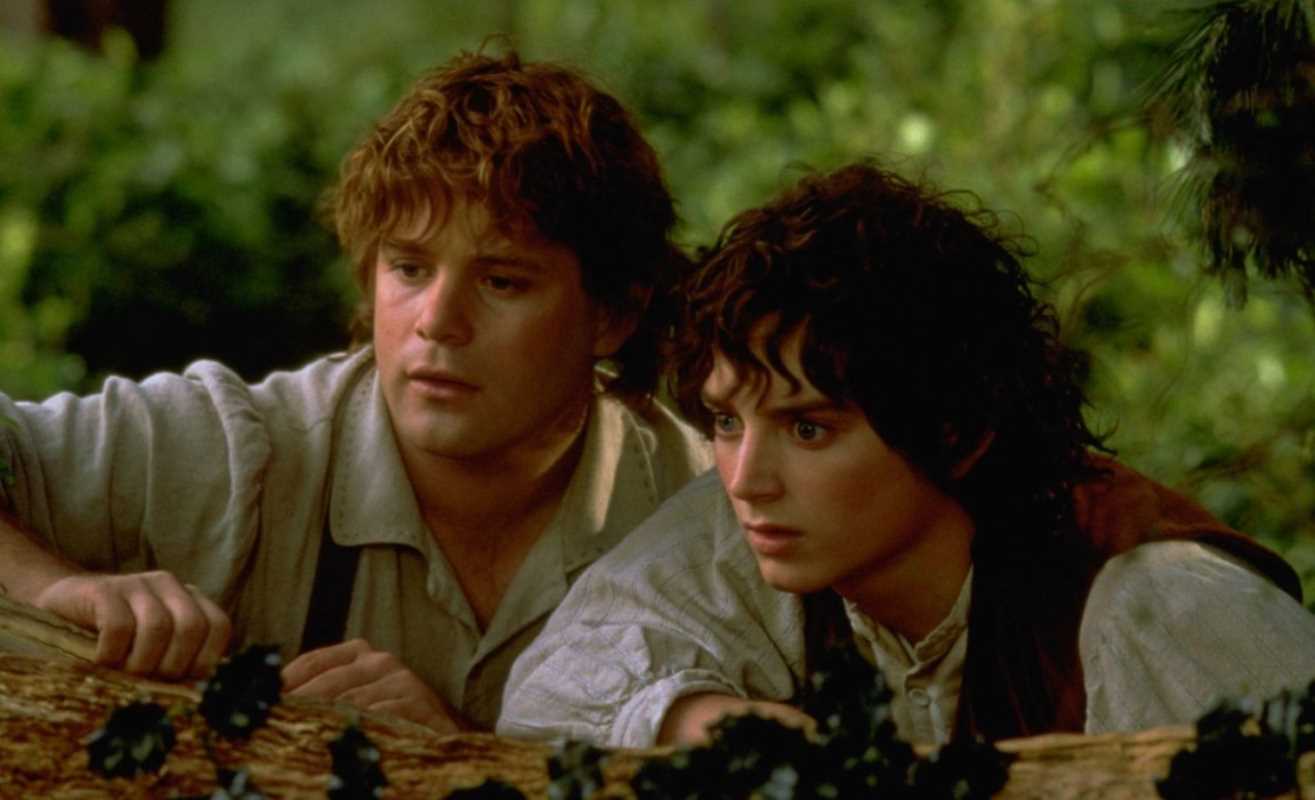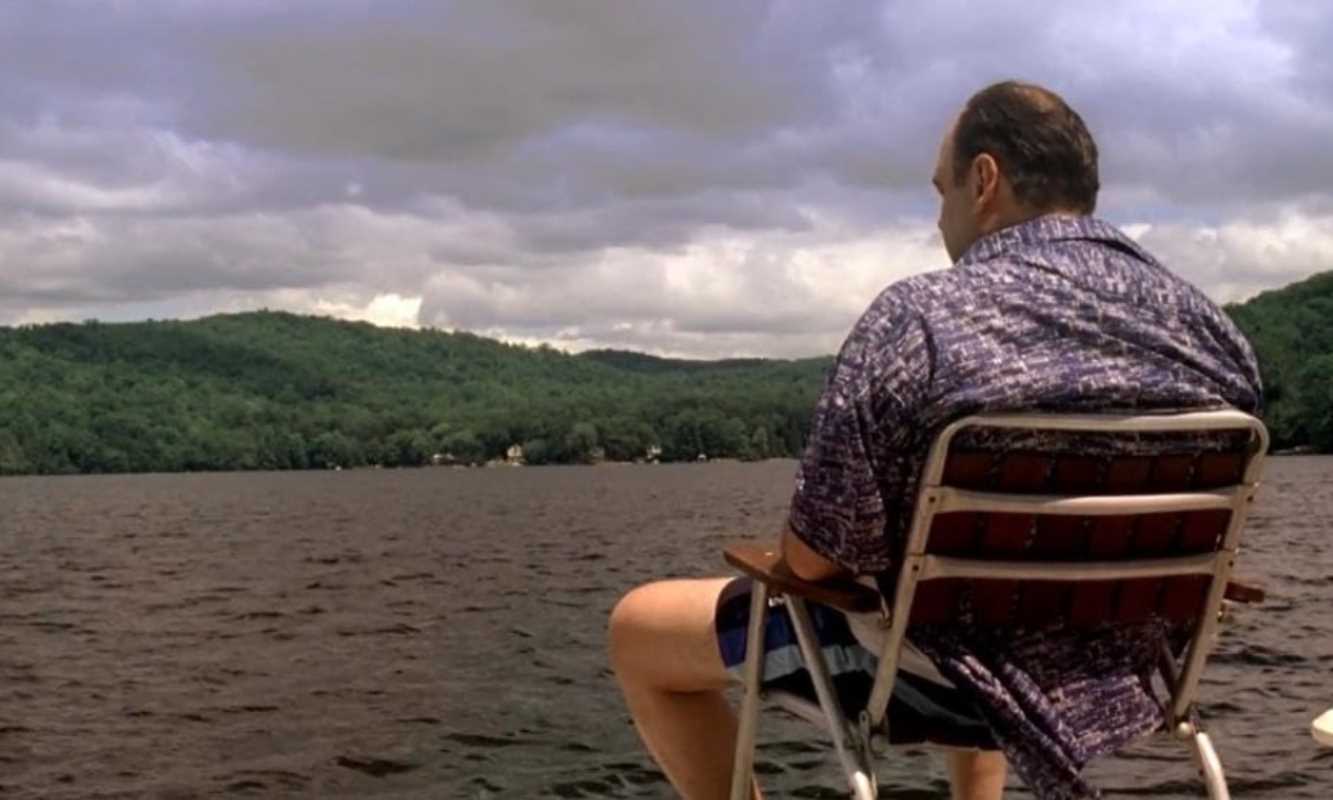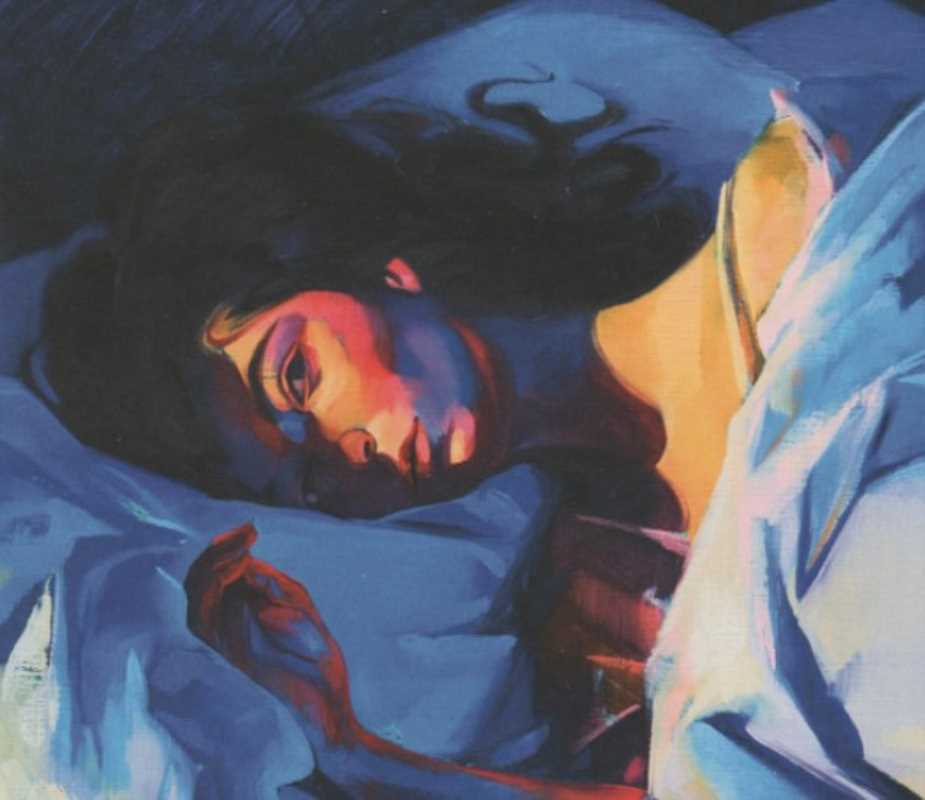Released in 2017, Blade Runner 2049 is more than just a sequel to Ridley Scott’s 1982 science fiction classic; it is an artistic achievement that stands out in its own right. The film’s cinematography, led by legendary cinematographer Roger Deakins, is a key aspect of its success. Deakins' work on Blade Runner 2049 is often hailed as a masterpiece, with visuals that are as compelling and thought-provoking as the film’s narrative. The film’s visual aesthetic is a perfect marriage of technology, atmosphere, and storytelling. Let’s revisit some of the major aspects of Blade Runner 2049's cinematography that make it an enduring work of cinematic art.
The Legacy of the Original Film and the Visual Evolution
Blade Runner (1982) set the stage for a visual aesthetic that blended dystopian noir with futuristic technology. Ridley Scott’s film, known for its dark, neon-lit cityscapes, impacted science fiction cinema, influencing everything from design to tone. Blade Runner 2049 honors the legacy of the original film, but it also pushes the visual language into new territory, relying on modern filmmaking techniques while retaining the essence of Scott’s original vision. The cinematography in Blade Runner 2049 is grounded in the use of wide shots, muted color palettes, and a focus on expansive environments that make the world feel both vast and isolating.
Key Aspects:
- Roger Deakins took over the visual reigns for the sequel, and his approach involved enhancing the original's visual language, making it contemporary while respecting its roots.
- Unlike its predecessor, 2049 utilizes vast stretches of empty spaces to emphasize isolation and the detachment of the protagonist, K (played by Ryan Gosling), making use of minimalism to convey a sense of loneliness.
The Use of Color to Reflect Mood and Themes
Color plays a significant role in the cinematography of Blade Runner 2049. Deakins uses color not just as an aesthetic tool but as a thematic one, helping to communicate the characters' emotional and existential turmoil.
Key Aspects:
The film’s color palette is divided into several distinct sections, each reflecting a different mood and theme.
- Vibrant Neons: The urban, futuristic settings are often bathed in neon hues—bright blues, pinks, and greens—reminiscent of the original film’s 1980s aesthetic.
- Muted Tones: In contrast, scenes set in the barren wastelands or in K’s personal spaces use muted, desaturated tones, signifying emotional emptiness and isolation.
- Orange and Yellow: The most striking and symbolic color choices are the use of warm oranges and yellows, often seen in scenes that represent the past, the human soul, and the search for meaning. This color is prominent in the scenes with Joi, K’s digital love interest, which contrasts with the cold, lifeless city outside. This is seen when K walks down the corridor lined with replicant bodies suspended in glass.
- Cold, Metallic Blues: Often used to depict the vast, futuristic urban landscapes, these blues mirror the technological, clinical world in which the characters live, with K’s journey through the film emphasizing his growing emotional isolation.
Framing and Composition: Emphasizing Scale and Isolation
One of the most striking features of Blade Runner 2049 is its use of wide shots and carefully composed frames that emphasize the vast scale of the environment, often contrasting that with the isolation of the characters within it.
Key Aspects:
- The vast, sprawling landscapes of 2049—be it the dystopian cityscape, the barren wastelands, or the inside of a deserted building—are depicted using wide, open shots that convey a sense of loneliness and insignificance.
- In one iconic scene, K walks through a desert landscape, his small silhouette dwarfed by the overwhelming emptiness around him. This visual choice underscores the protagonist’s feeling of insignificance and the overarching theme of human fragility within a vast, indifferent universe.
- Similarly, the film’s interiors, such as K’s apartment or the complex where Niander Wallace (Jared Leto) resides, are often shot in long, wide takes that emphasize the physical emptiness of these spaces, aligning with the characters' emotional emptiness.
- One of the most notable aspects of Deakins’ framing is how often K is positioned on the edge of the frame or in the distance. These compositional choices draw attention to his sense of isolation, both in terms of his physical environment and his emotional state.
The Power of Light and Shadow in Creating Atmosphere
Light and shadow are key elements in Blade Runner 2049's cinematography. Deakins expertly manipulates these elements to create a visually striking atmosphere, enhancing the film’s tone and themes.
Key Aspects:
- Harsh, Industrial Lighting: Many of the film’s scenes take place in environments lit with cold, harsh artificial light, which creates a sense of sterility and alienation. The brightness contrasts with the overwhelming darkness of the world outside. This can be seen in scenes where K interacts with Joi, as the harsh lights of the world around him seem to punctuate the moments of connection he has with her—artificial, fleeting, and ultimately unsatisfying.
- Shadow Play: In contrast to the artificial lighting, the film frequently utilizes shadows, playing with dark and light to evoke feelings of mystery and uncertainty. This can be especially seen in the scenes involving Officer K and his investigation, where shadowy figures are often used to suggest the hidden, unknown aspects of the world he is navigating.
- The Pivotal Scene with Joi: One scene stands out when K and Joi share an intimate moment while K is walking through an empty street. The lighting here, emphasizing soft, glowing hues, helps communicate the fragility and fleeting nature of their relationship, which is physically and emotionally constrained by the surrounding world.
The Influence of Minimalism and Space in the Cinematography
The visual approach of Blade Runner 2049 often feels minimalistic, where empty space is not simply a lack of action but a tool used to emphasize the emotional distance between characters and their personal struggles.
Key Aspects:
- K’s Journey as an Emotional Arc: Early in the film, the cinematography often isolates K in long, wide shots, emphasizing his loneliness as he seeks meaning in a world that seems indifferent to his existence. The empty spaces in these shots reinforce the film's central theme of isolation in terms of his personal journey and his place in the larger societal structure.
- The Symbolism of the Industrial Landscape: The barren and desolate industrial landscapes, filled with towering buildings and ruined structures, convey that K is searching for meaning in a decaying world. The environment's minimalism reflects K's hollowness, as the film underscores the emptiness of both his existence and his society.
- The Scene with the Siblings: One particularly striking moment occurs when K’s investigation leads him to the ruins of a collapsed building, where two children have set up a signal to contact the outside world. The siblings attempt to reach a signal on their phones, standing in a small frame within the vast emptiness around them. The wide shot emphasizes their loneliness and the bleakness of their world, underscoring the film's critique of a disconnected, desensitized society.
The Legacy of Blade Runner 2049’s Cinematography
Roger Deakins' work on Blade Runner 2049 not only elevated the film to new visual heights but also had a lasting impact on how cinematography is perceived in the science fiction genre and beyond. The film’s meticulous attention to detail, innovative use of color, light, and space, and ability to evoke complex emotions with its visuals set a new standard for filmmakers worldwide.
Key Aspects:
- Blade Runner 2049 shows how cinema can move beyond traditional narrative storytelling to become a truly immersive art form, where every frame carries weight.
- Deakins’ work in Blade Runner 2049 will continue to influence filmmakers for years to come, especially in the genre of speculative fiction, where visual language plays as important a role as the script itself.
 (Image source: Alcon Entertainment; Columbia Pictures; Scott Free Productions; Bud Yorkin Productions; Torridon Films; 16:14 Entertainment)
(Image source: Alcon Entertainment; Columbia Pictures; Scott Free Productions; Bud Yorkin Productions; Torridon Films; 16:14 Entertainment) 